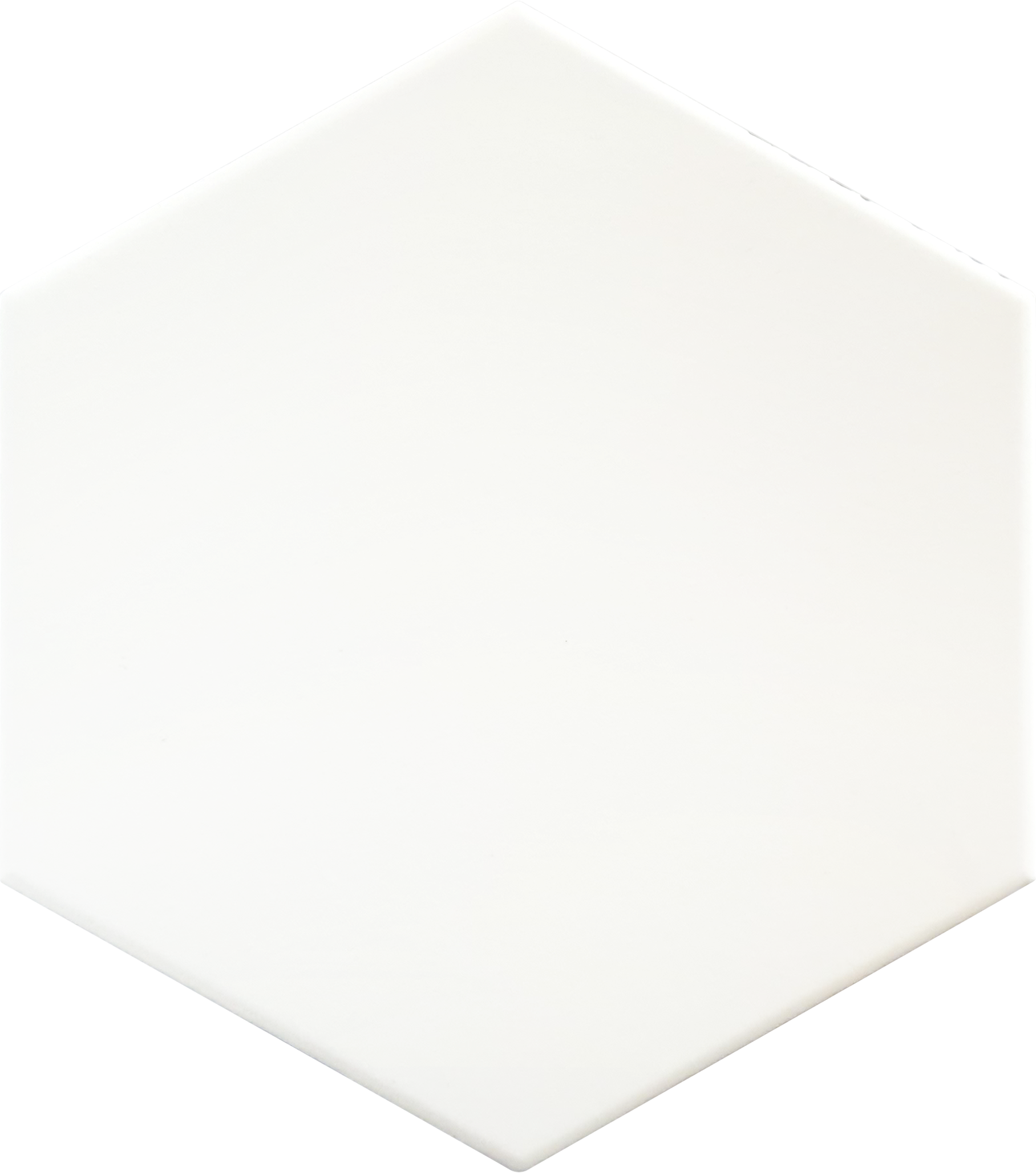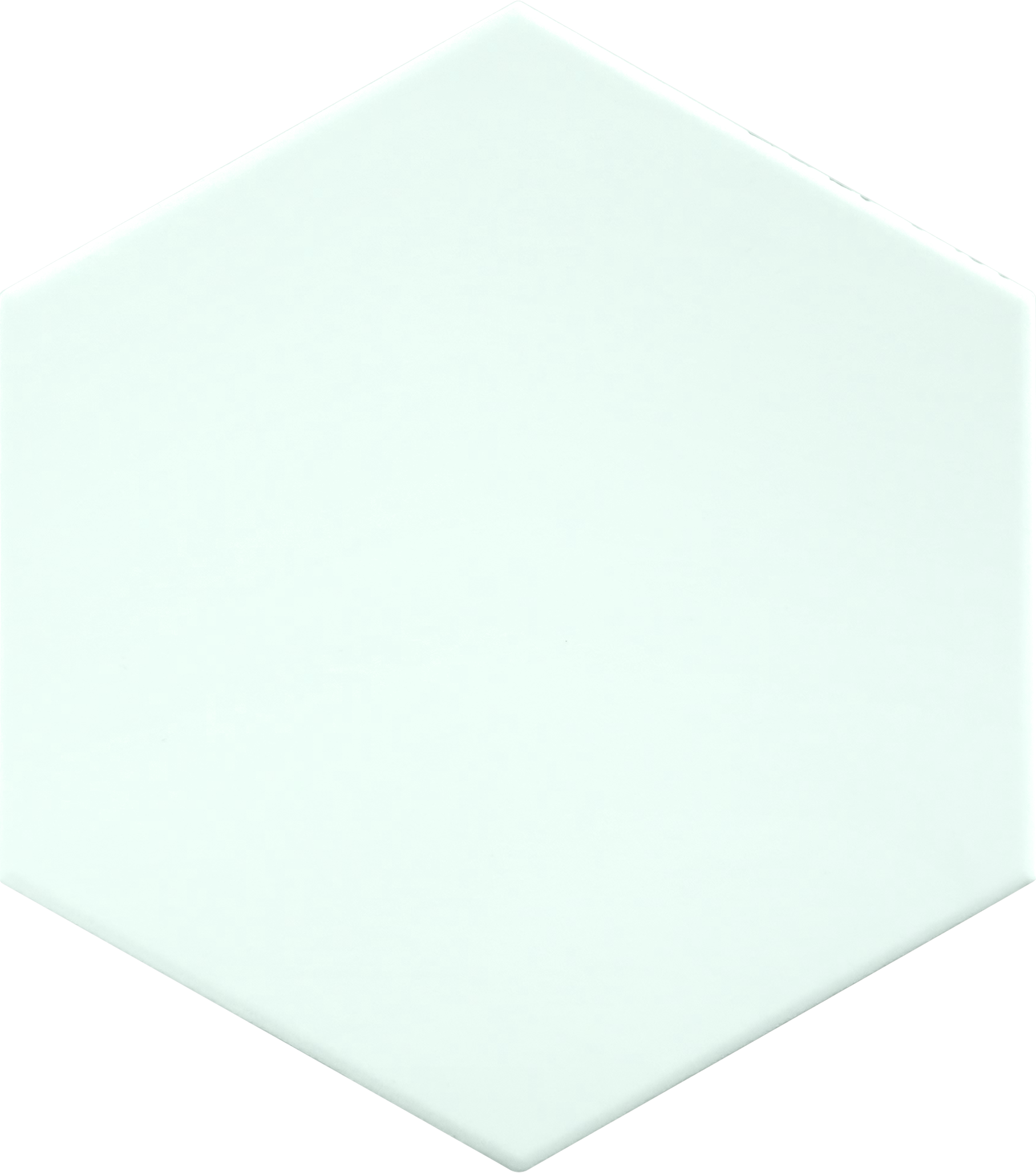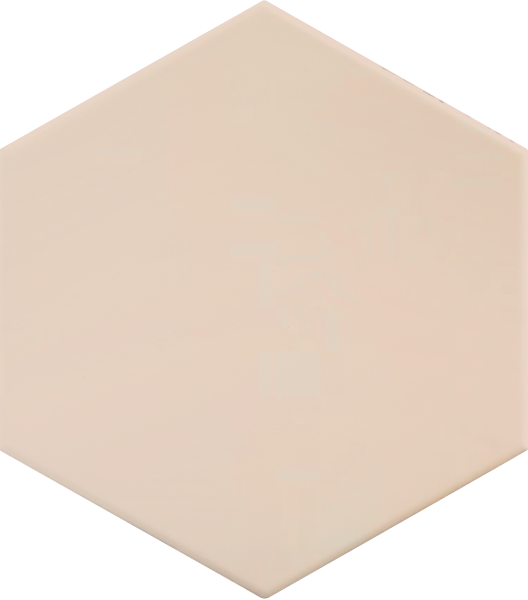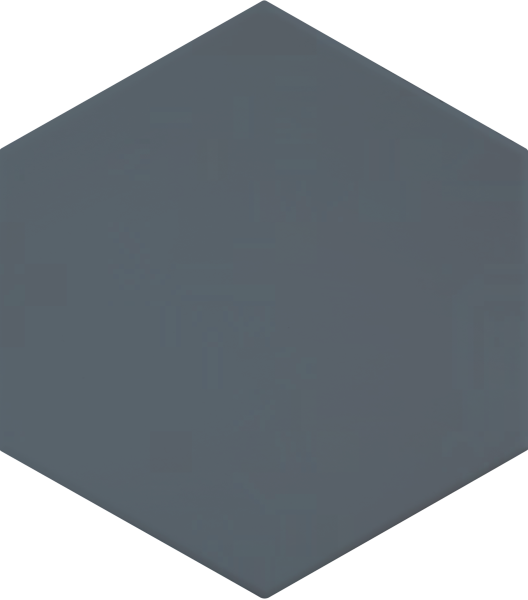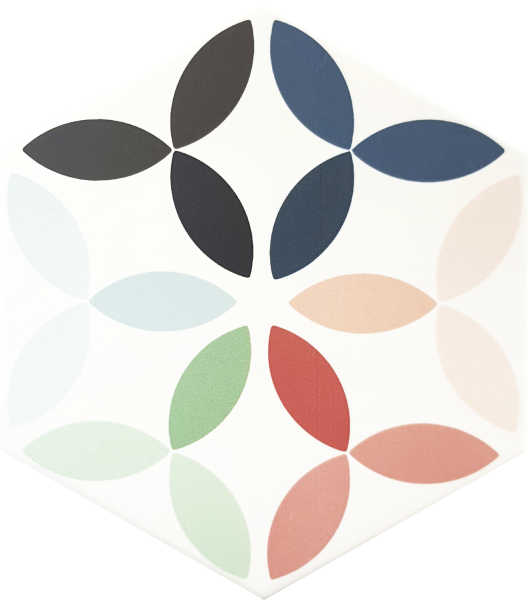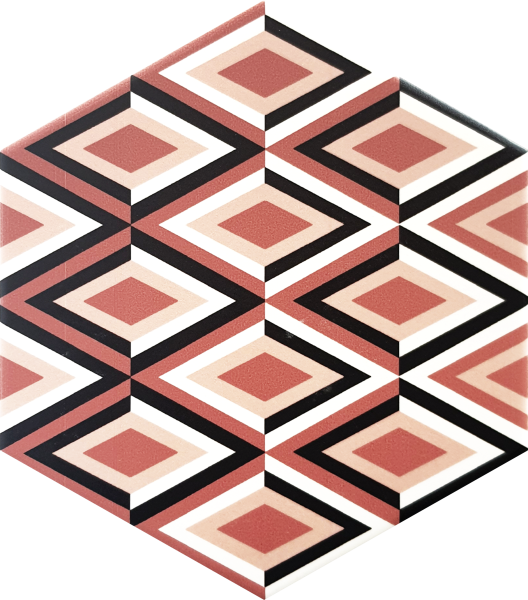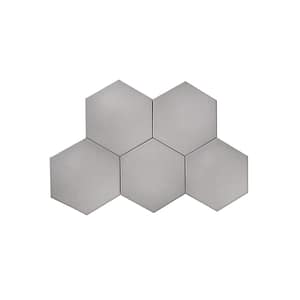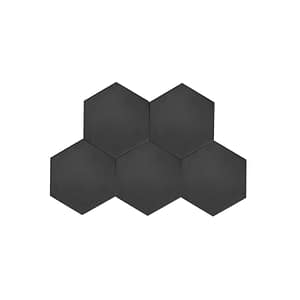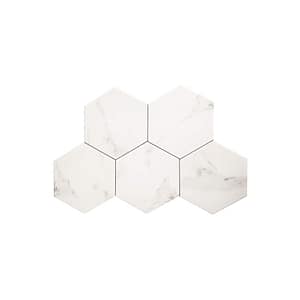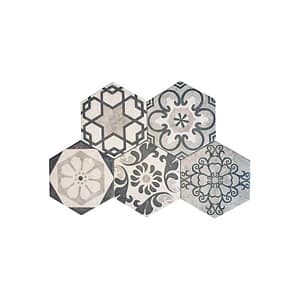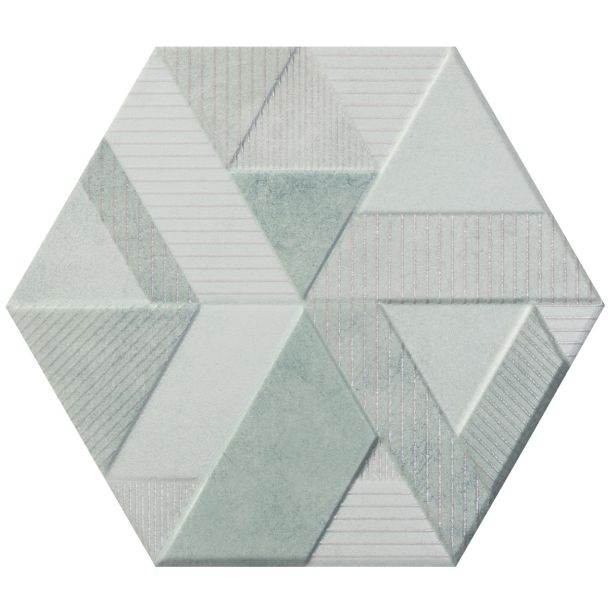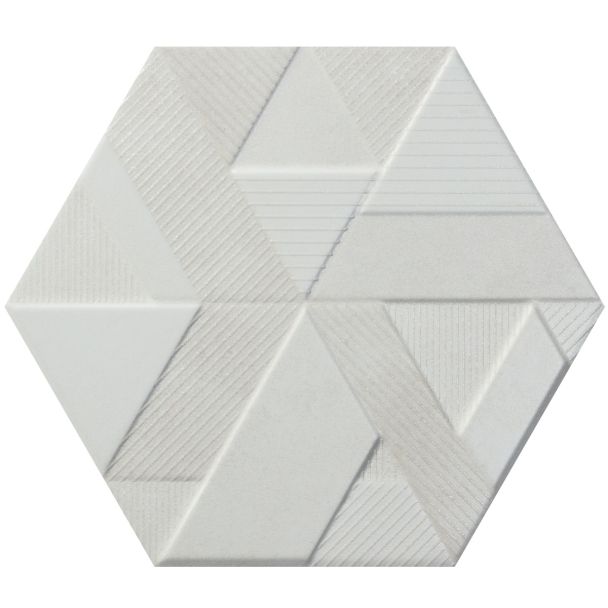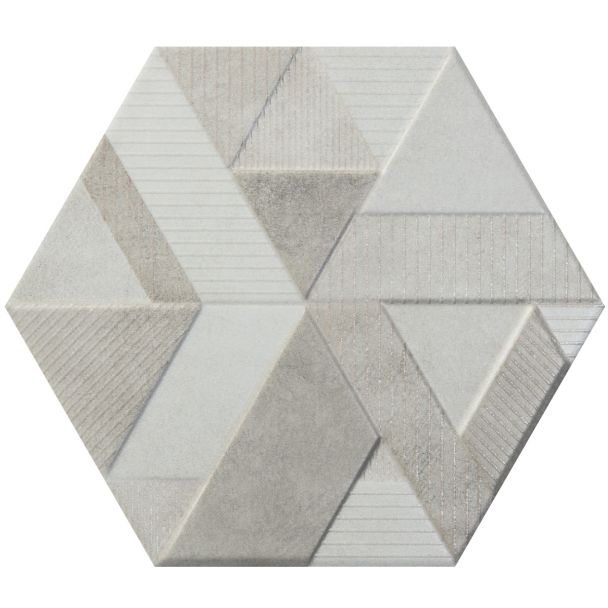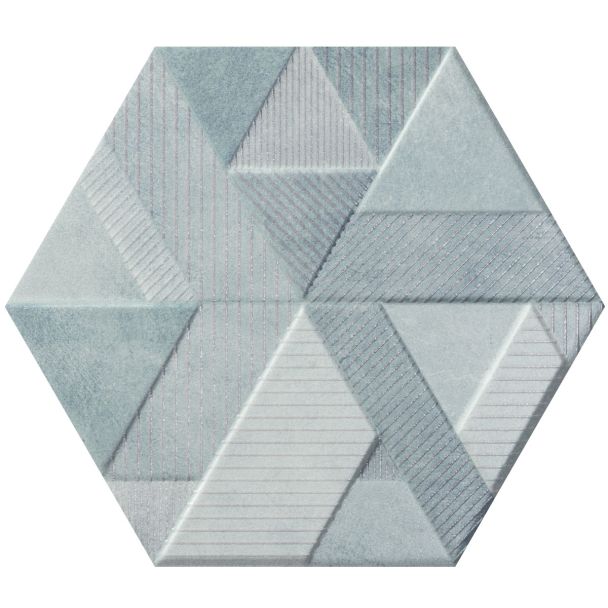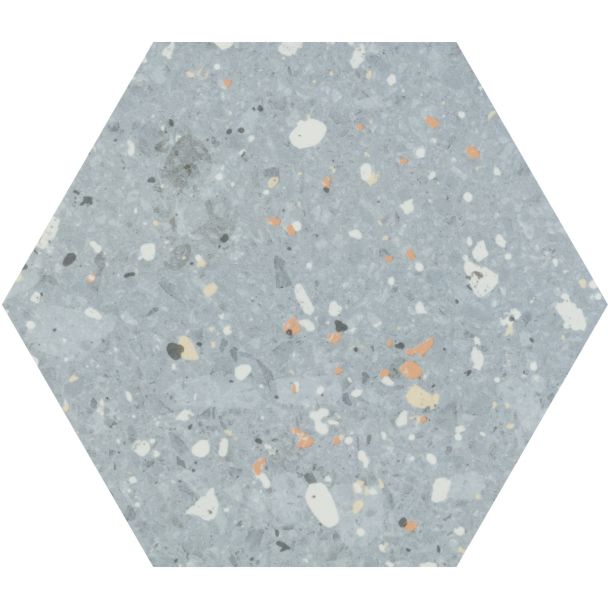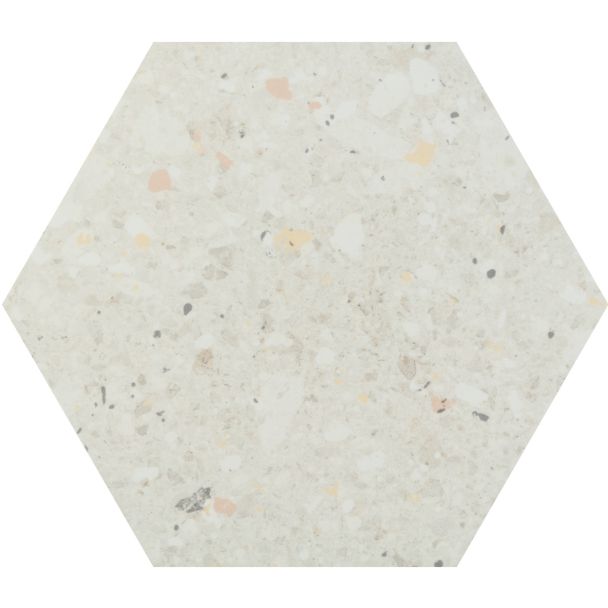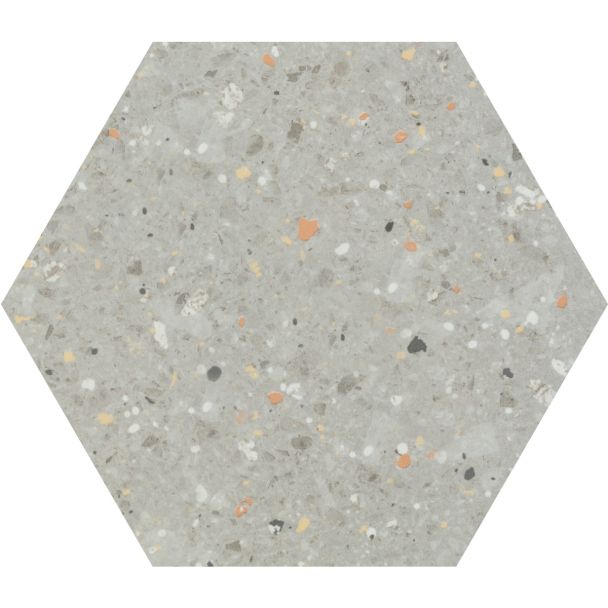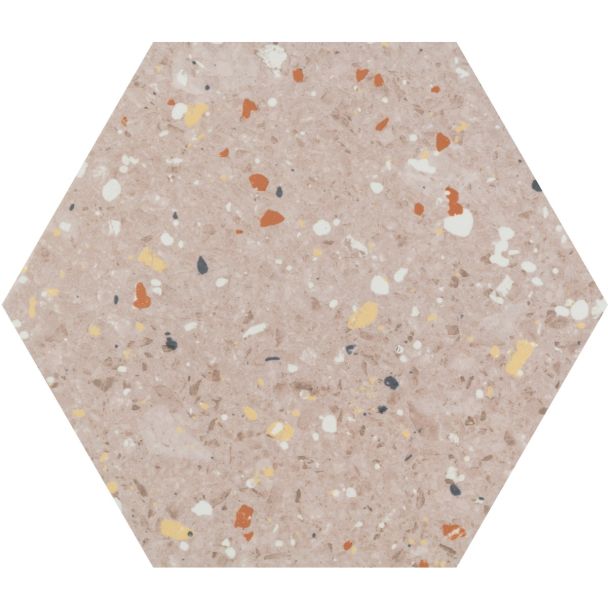What is a hexagon tile pattern called?
A honeycomb pattern or honeycomb tile pattern is a typical hexagonal tile design. This term refers to the arrangement's resemblance to the honeycomb's structure, which is made up of hexagonal cells. Numerous applications, including tiling floors, walls, and other surfaces, typically use the honeycomb pattern. It produces a geometrically pleasing and visually appealing design.
What is the benefit of hexagon tiles?
The following advantages of hexagon tiles make them a common option in architecture and interior design:
It deviates from the usual square or rectangular tile designs, making it a distinctive choice that can give a room personality and flare.
They can be placed in a variety of patterns, including honeycomb, linear, staggered, and mixed designs.
Space illusion: The hexagonal pattern of the tiles produces an optical illusion that might give the impression that a room is larger.
Timeless and traditional: They may bring a touch of sophistication and elegance to both traditional and modern settings, ensuring that the design will stay fashionable and relevant for years to come.
What are hexagon tiles used for?
Hexagon tiles are versatile and can be used for various applications, including flooring, back splashes, wall coverings, and decorative features. They are popular in both residential and commercial spaces due to their unique geometric pattern.
Can hexagon tiles be used in wet areas?
Yes, hexagon tiles can be used in wet areas like bathrooms and kitchens. However, the choice of material is important
Are hexagon tiles suitable for DIY installation?
Hexagon tiles can be installed by DIY enthusiasts, but they do require careful planning and precise cutting, especially with intricate patterns. For a professional finish, you might consider hiring a tile installer.
